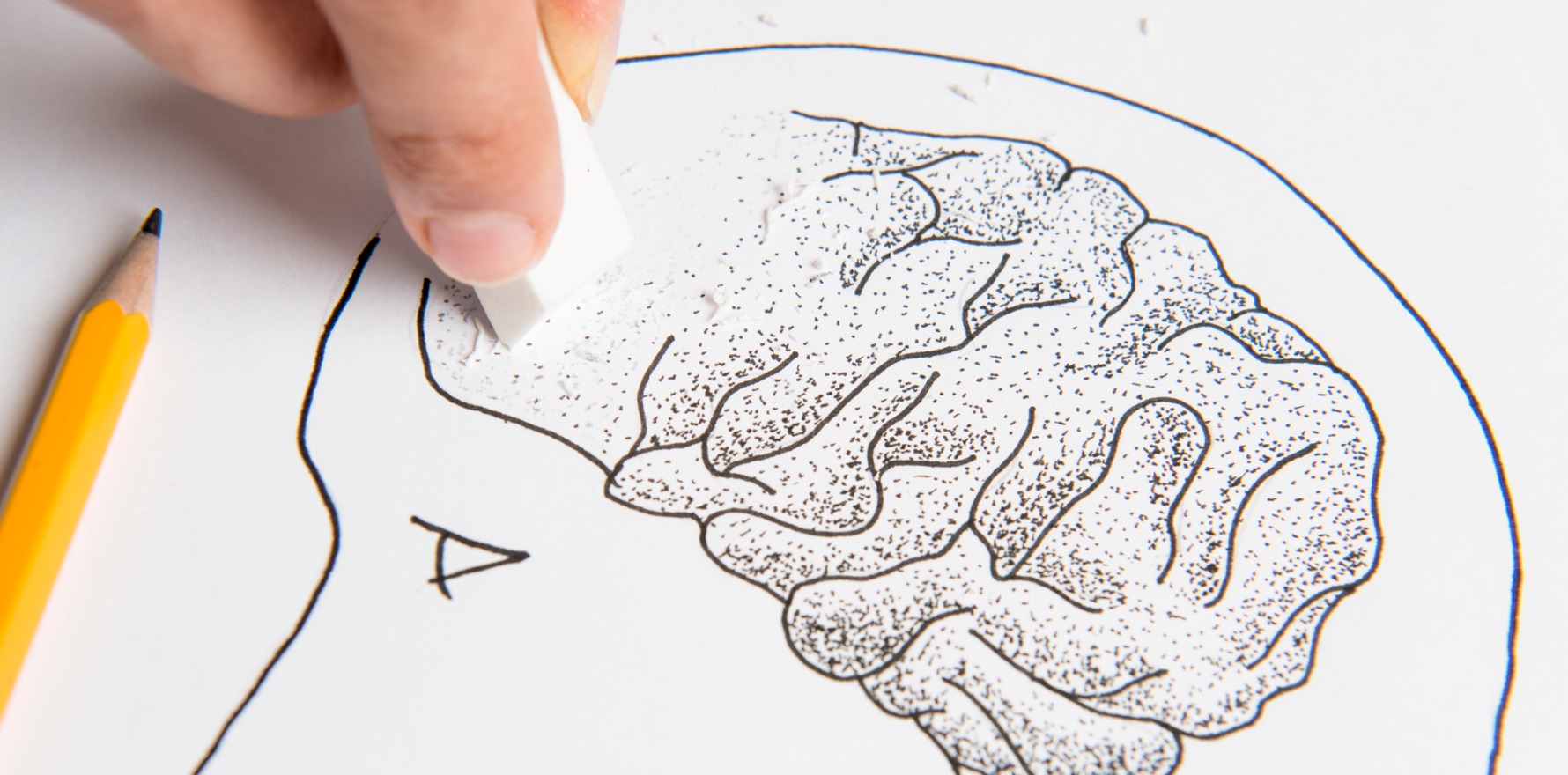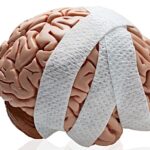The newly-defined syndromes are far more common than previously thought, and understanding their differences is critical.
Significant progress has been made in understanding the pathology of dementia with researchers now defining five new variants.
According to National Health and Medical Research Council leadership fellow Professor Glenda Halliday, who presented at the 2021 Australian Dementia Forum, most of these newly defined syndromes are far more common than previously thought.
These syndromes that fall under the dementia umbrella include primary age-related tauopathy (PART), ageing-related tau astrogliopathy (ARTAG), limbic predominant age-related TDP-43 encephalopathy (LATE), brain arteriosclerosis and chronic traumatic encephalopathy (CTE).
In addition to the previously defined syndromes – Alzheimer’s disease, dementia with Lewy bodies and frontotemporal dementia – this brings the total to eight neurodegenerative syndromes.
Among the newly defined variants, autopsy findings showed brain arteriosclerosis, which is indicated by hyalinosis and thickening of the walls in small blood vessels in the brain, was present in approximately 80% of patients who developed dementia after the age of 80.
The risk factors for this variant include hypertension and diabetes, and the syndrome is independently associated with global cognition, episodic memory and working memory impairment.
Although PART was first identified in 2014, new data has helped distinguish the syndrome from Alzheimer’s disease.
PART has a different distribution of tauopathy compared to Alzheimer’s and, importantly, patients with PART will have a slower cognitive decline.
Professor Halliday said that, despite perhaps being less aggressive, PART was a fairly prevalent pathology and had been identified in almost half of 300 non-dementia patients taking part in the Alzheimer’s Disease Neuroimaging Initiative (ADNI).
Of the same cohort, a third had Alzheimer’s and a fifth had none.
“The concept from the ADNI cohort, where they’re following people longitudinally, suggests that it may reflect an early stage on the Alzheimer’s disease pathological continuum,” she said.
ARTAG was similarly common, with the cortical variant found in approximately one third of a community-based European population of people aged 76 to 91.
New data shows there is a correlation between worsening language or visuospatial function and higher densities of white matter thorn-shaped astrocytes, which is the diagnostic feature of ARTAG, suggesting the variant is not benign.
CTE is probably the most well-known of these newer syndromes, and has received mainstream media attention since first being described in 2014.
But Professor Halliday said the medical community now had a more definitive consensus on neuropathological criteria needed for its diagnosis.
With this clearer diagnostic criteria, Professor Halliday said she expected the true prevalence of CTE would become clearer over the coming years.
Another of the new dementias, LATE, is clinically similar to Alzheimer’s disease.
It was first described in 2019 has been found in one in every two patients with dementia over the age of 80.
While LATE may present similarly to the hippocampal sclerosis associated with frontotemporal dementia, Professor Halliday emphasised that it was important to distinguish between the two.
“LATE is found in the very elderly, those over the age of 80 mostly, whereas frontotemporal dementia has an average age of onset of around 60,” she said.
“They are quite different, and therefore have different genetics, although there’s some overlap.”
In an update on Alzheimer’s disease, Professor Halliday said the most recent data from autopsies conducted in the US found that four in five patients with Alzheimer’s had at least one other neuropathology when they died.
“It was more common to have two or more co-pathologies than no other co-pathologies at all,” she said.
“This suggests, and confirms, that multiple additional pathologies are the norm in those patients that have clinical and pathological Alzheimer’s disease.
“A large proportion of the observed cognitive decline was driven by these alternative pathologies due to their high prevalence and potency, so not only are they there, but they’re making a difference.”
It has also been confirmed that blood biomarkers – namely plasma ptau181 and ptau271 – can identify Alzheimer’s disease, which is expected to be able to help differentiate Alzheimer’s from Lewy body disease and frontotemporal dementia.
The Australian Dementia Forum 2021 was held virtually over 31 May 31 and 1 June.








